My name is Kenichi Ikeda from ROOT SOUL. I am the bassist, trackmaker, sound producer, and I also mix my own work.
I will be doing a review of Warm Audio’s WA-1B tube optical compressor!
This is the famous Pultec type compressor, which is a studio staple. There are many plug-ins for this type from various companies.
Open the package and set it up.
Just like the EQP-WA equalizer I reviewed last time, just turning the knob is enough to get your creative juices flowing!

The inside of the WA-1B looks like the picture from their website.
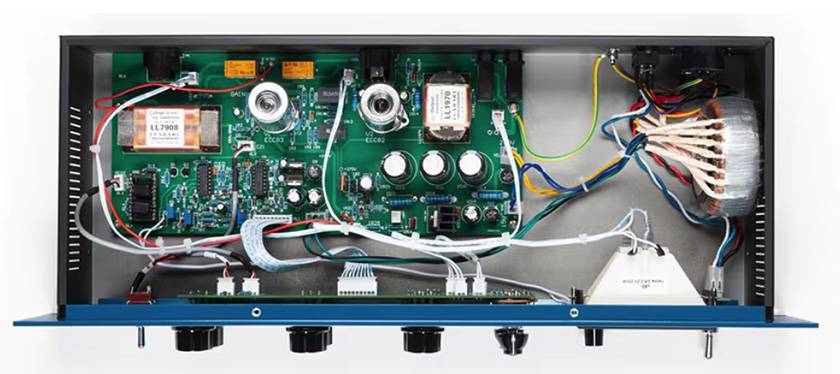
This is so cool! The two round cylinders a little to the left on the top of the photo are tubes!
I can actually see the tubes glowing through the netting of the case!
I applied the WA-1B compression to what I had EQ’d for my last review of the EQP-WA!
This time, I applied the compression to Jazz Bass, software drums, and electric piano that are connected as follows.
UA Apollo x4 out → Warm Audio WA-1B → UA Apollo x4 in
I hope this review of the use of the UA Apollo x4 as an outboard for musicians and DAW home recordists, which is my style, will be helpful.
(Of course, you can also see how great the Warm Audio WA-1B is for recording with compression!)
Let’s start with Jazz Bass
■ WA-1B Bypass
Next,
1) Manual Mode
Manual: Attack: 0.5 to 300 ms, Release: 0.05 to 10 sec.
It looks like it can be set up this way.

- Attack: 10:30 (it’s analog, so it’s more intuition rather than a number)
- Release: 8:00 (I feel that the faster the groove is, the better)
- Ratio: 9:00
- Gain Reduction: roughly around -9 to -5 dB
I think the smaller speaker might be a little hard to hear the difference but I lowered the center of gravity so that it lays flat against the bottom of the speaker. I like this analog compression a lot!
2) Fixed Mode

Except for the mode switching, I don’t really change this setting.
However, the way it is applied is very different.
Of the three, it is the most laxed.
The manual says that in Fixed mode, the attack time is 1 ms and the release time is 50 ms.
3)Fixed/Manual Mode

The manual states that Fixed/Man mode blends the release times of Fixed and Manual mode.
From what I learned from the information on the original Pultec compressor and similar models, I believe that the release is variable and the attack knob allows the user to control the amount of release time after the signal exceeds its peak.
- If the attack knob is set to fast, the time it takes for the release to take effect is longer.
- Setting the attack knob to slow shortens the time it takes for the release to take effect.
This seems to be the case. This is a little difficult to understand.
In fact, it works differently and the threshold is set to be more intense.
It’s all about direction and preference. Let’s make a decision based on the whole process at the end!
Rhodes Electric Piano
■ WA-1B Bypass
■ WA-1B On Manual Mode

Let’s even out the volume levels.
- Attack: 11:00
- Release: 8:00
- Ratio: 9:00
- Gain Reduction: roughly around -5 to -3dB
The levels are aligned very naturally! It’s good!
Next up are the drums.
I’m going to use the WA-1B as a bass compression because the levels are relatively even due to the software drums, (Since I only have one WA-1B, the drums are a manly mono! lol)
I’m going to try a sidechain!
■ Entire Drum - WA-1B Bypass
■ Entire Drum - WA-1B On Manual Mode

The gain reduction meter is also only moderately set at around -1dB.
■ Sidechain On

Output the drums with a low cut on a separate output and input them to sidechain 1.
Since the compressor will still be applied to the kick if the sidechain is off, low cut the drums and input to the sidechain 1 of the WA-1B from a separate interface output channel.
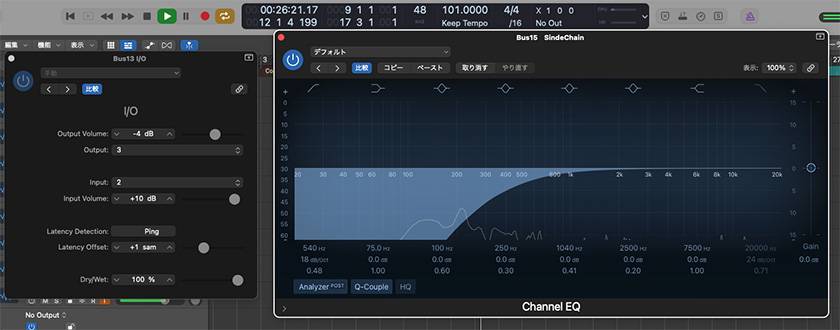
Since the kick level is rather consistent with the software drums, I preferred to cut the low end and send it in.
The snare drum sounds great!
By the way, the image above on the left shows the Logic X I/O plug-in.
(The reason the in and out channel numbers aren’t the same is because I was using inputs 3 and 4.)
Here is the finished mix!
I also added percussion!
What I chose are:
- Fixed/Manual mode for bass
- Sidechain mode for drums
because I liked it!!
It’s a simple groove track, but it’s a very good analog track, isn’t it?
For a vintage sound enthusiast like myself, watching the VU meter swing on the gear was a great creative stimulus, and although I had to study up a bit about level management, I think it gave me a deeper understanding of the equipment and mixing.
I think that in this day and age, the combination of analog equipment and DAW software is invincible!
As an aside, I use Logic X DAW software, and there is a very useful plug-in called I/O that allows me to use the outboard as if I were using a plug-in by applying it to the audio track and setting the out and in channels of the interface.
Other DAWs have the ability to do something similar, so if you are interested, try taking a look into it yourself.
Playback is rather easy, but recording can be quite out of sync due to latency.
Also, since recording cannot be done on the same track as the playback track, it would be more convenient to create an I/O bus for the send signal and a bus for the return signal in the aux. (The bus for the returned signal is assigned to the input of the new recording track.)
It was quite difficult to create a latency-free environment for both playback and recording, and it took me a day just to finish it.
(I wonder if it would be easier to do this in Pro Tools or another software?)
I mentioned this because I think it is very important when using an outboard because if you don’t have this environment in place, you can’t really enjoy the best of the modern combination of DAW and analog equipment.
(This may be obvious to those of you who are engineers.)
For your information, Hiro-a-key a.k.a. Nenashi & Satoshi Fukuda (both of them are fellow musicians) wrote a very good and easy-to-understand review of the WA-1B for vocal use on Sound House’s website, which I also recommend!
I will review Warm Audio’s WA-76 compressor in the next issue! Hope you’re looking forward to it.
コラム「sound&person」は、皆様からの投稿によって成り立っています。
投稿についての詳細はこちら







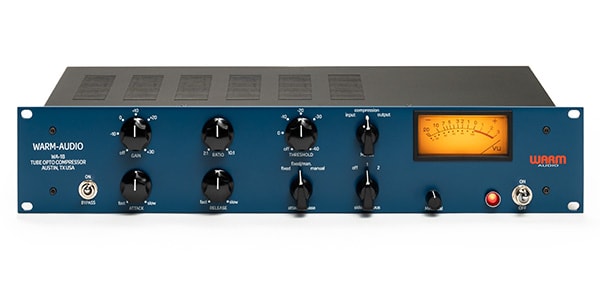





![[Product Review] Warm Audio WA-MPX & WA-1B by Ryogo Kuwahata](/contents/uploads/thumbs/5/2024/3/20240305_5_25868_1.jpg)
![[Product Review] “I tried out products by Warm Audio!” Part 2 by Hiro-a-key a.k.a. Nenashi & Satoshi Fukuda](/contents/uploads/thumbs/5/2024/2/20240219_5_25716_1.jpg)
![[Product Review] Warm Audio EQP-WA by Kenichi Ikeda from ROOT SOUL](/contents/uploads/thumbs/5/2024/1/20240116_5_25215_1.jpg)
![[Product Review] Warm Audio WA273-EQ by soki kimura](/contents/uploads/thumbs/5/2023/10/20231013_5_24212_1.jpg)
![[Product Review] Warm Audio WA-67 by Daisuke Ishimoto](/contents/uploads/thumbs/5/2023/10/20231004_5_24102_1.jpg)
![[Product Review] “I tried out products by Warm Audio!” by Hiro-a-key a.k.a. Nenashi](/contents/uploads/thumbs/5/2023/8/20230821_5_23673_1.jpg)
 WARM AUDIOとは
WARM AUDIOとは
 自宅スタジオの作り方
自宅スタジオの作り方
 スタジオモニタースピーカーを選ぶ
スタジオモニタースピーカーを選ぶ
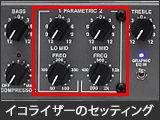 イコライザーのセッティング
イコライザーのセッティング
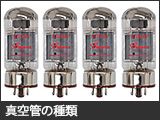 真空管について
真空管について
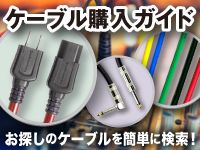 ケーブル購入ガイド
ケーブル購入ガイド















